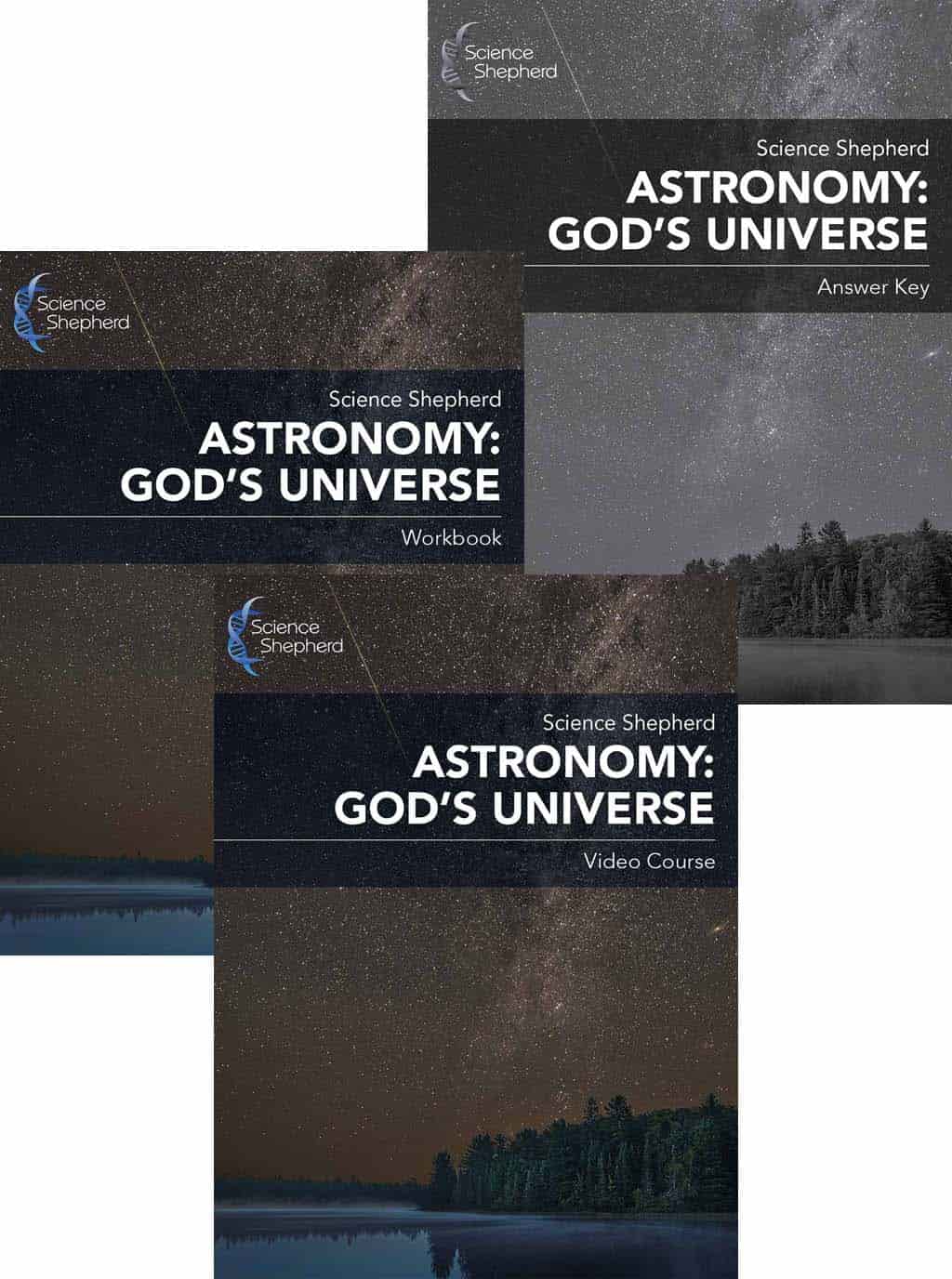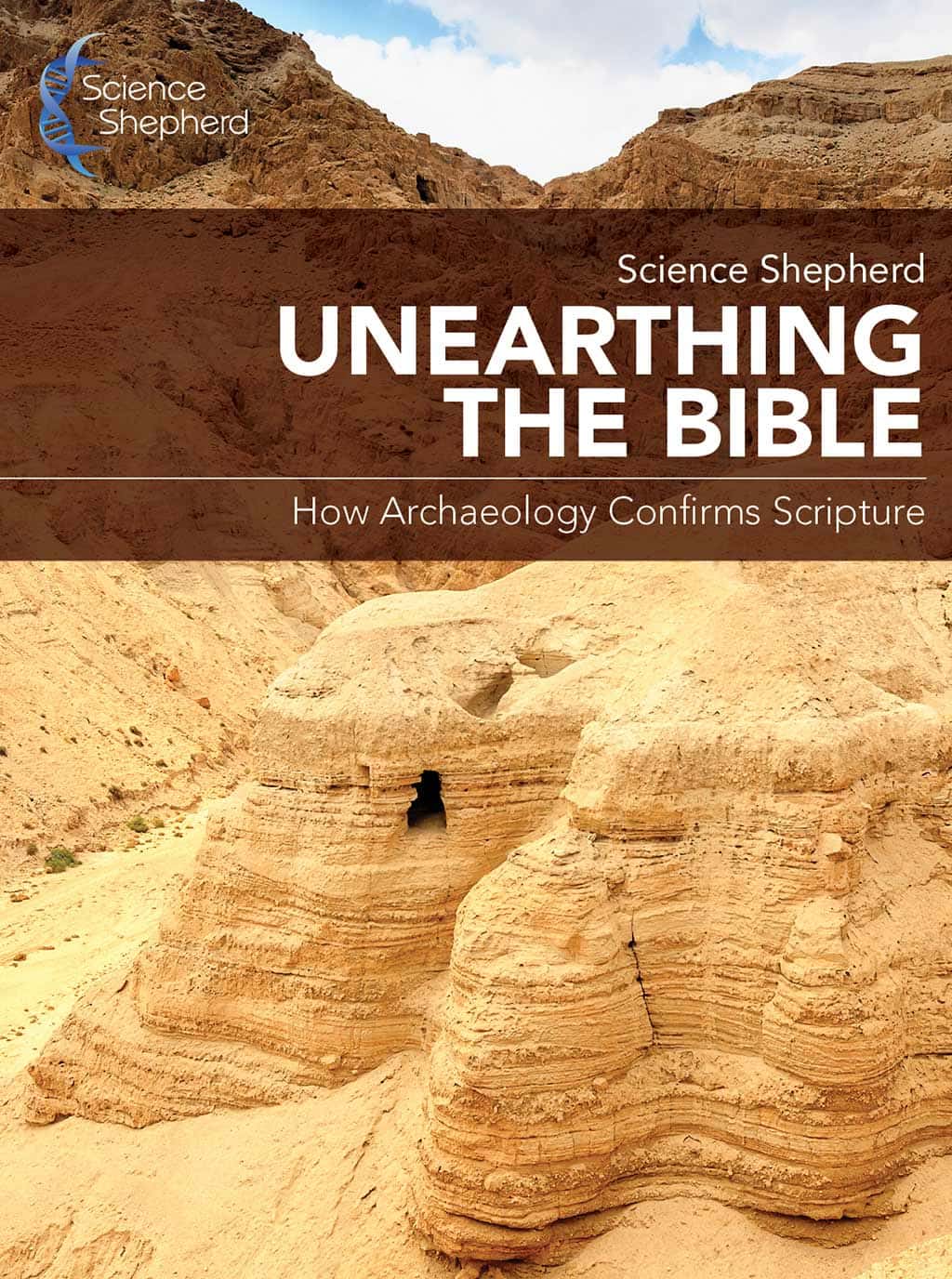Science Focus: Living Fossils
by Dr. Scott Hardin MD February 27, 2018 2 min read

For this month's Science Focus, Dr. Hardin provides a response to a recent article from the International Business Times, which you can read here.
Frilled Shark
This article is about a type of shark called the frilled shark (pictured below). It is an important article not because the frill shark was found, we have known of their existence for more than 130 years, but because, from an evolutionary standpoint, it should not still be living on this planet in the same form that it had for somewhere between 95 and 165 million years. The term "living fossil" has been given to the large numbers of organisms - sharks, crocodiles and alligators, horseshoe crabs and many others - that look exactly the same going "as far back" into the fossil record as the animals themselves appear. One layer, they are not there; the next, there they are, fully formed, looking exactly like they do today.

A Frill Shark, Chlamydoselachus anguineus. From the Freshwater and Marine Image Bank.
Although some who follow the evolution model do not believe that these living fossils are inconsistent with the model, other evolutionists understand that they are. Even the evolutionary giants Niles Eldredge and Stephen J Gould stated that this type of stasis is a problem for evolution, and here is why. The only major prediction of the evolution model is one of inexorable species change as time marches on from hundreds to thousands to millions to billions of years. Evolution is all about natural selection driving the emergence of brand new traits that never before existed, as one species evolves into a previously non-existent one. Without that kind of change, evolution cannot happen. It is inherent in the evolution model that the type of stasis that would cause an organism to appear completely unchanged for hundreds of millions of years cannot happen. Ever. Either the species continually improves and evolves into something new, or nature selects for its extinction.
. . . this type of stasis is a problem for evolution
And, the argument that some evolutionists like to use to explain this kind of stasis is that evolution does not predict that an organism HAS to change over time. If it finds the right environmental niche, then it may not be exposed to any natural selection pressure to change. Considering how interconnected all living things are and the evolutionary belief that over the past couple hundred million years, the earth has been exposed to numerous ice ages and a cataclysmic asteroid impact that disrupted the environment so much as to kill every living land animal bigger than a shrew, the idea that multiple ecosystems would have been entirely unchanged through all of these extended catastrophes so as to allow multiple types of both land and aquatic organisms not to change . . . well, it is a little hard to comprehend how really smart people can continue to square the existence of tens to hundreds of millions of years of stasis as being square with evolution.
Until Next Time!
Science Shepherd
Sign-Up Today!
Subscribe for the latest news and receive 10% off and a FREE resource!
Recent Articles
10% Off Your Next Order
Subscribe to our newsletter and we'll send you a code for 10% off an order
plus a free download of 5 Scientific Ways Your Kids Can Defend Their Faith.










